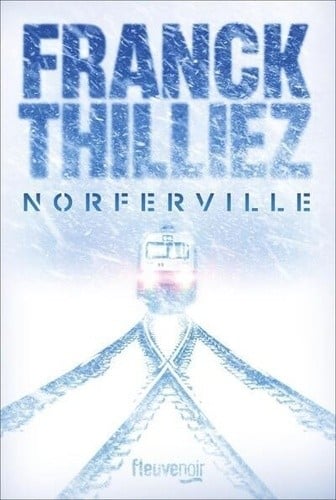En cours de chargement...
Permissible dose. - A history of radiation protection in the 20th century
Résumé
How much radiation is too much? In Permissible Dose, J. Samuel Walker examines the evolution over more than a hundred years of radiation protection standards and efforts to ensure radiation safety for nuclear workers and for the general public. Clearly the risk of exposure to radiation, even in small doses, has aroused more sustained controversy and public fear than any other comparable industrial or environmental hazard, but this was not always so. The discovery of x-rays and natural radioactivity in the 1890s was greeted with enthusiasm, which turned to apprehension as evidence about the dangers of radiation gradually accumulated. What was known, and when, and what was done about it, is a major twentieth-century story reflecting a complex interaction of scientific and political issues. The phrase that sounds so authoritative, "maximum permissible dose," has in fact been a changing construct, dependent on a constantly expanding knowledge of radiation hazards and effects. Walker focuses on the programs of the federal agencies established to provide protection for those exposed to low-level radiation from activities under their jurisdictions, principally the Atomic Energy Commission (AEC) and the Nuclear Regulatory Commission (NRC), as well as the Environmental Protection Agency (EPA) and others. The AEC and NRC, exercising primary regulatory authority over the nuclear industry and other sources of radiation, have been central to much of the controversy surrounding radiation safety. By clarifying the nature of the radiation debate, Walker puts in perspective the public's intense fear of radiation, whether in response to fallout from nuclear bomb testing, exposure from medical or manufacturing procedures, effluents from nuclear power, or radioactivity from other sources. Permissible dose levels are a key to the principles and practices that have developed in the field of radiation protection since the 1930s, and to their highly charged political and scientific history as well.
Sommaire
- The Discovery of Radiation and Its Hazards
- The Debate over Nuclear Power and Radiation
- The Role of Federal Agencies in Radiation Protection
- New Controversies, New Standards
- The Ambiguities of Radiation Effects
Caractéristiques
-
Date de parution09/10/2000
-
Editeur
-
ISBN0-520-22328-4
-
EAN9780520223288
-
PrésentationRelié
-
Nb. de pages160 pages
-
Poids0.455 Kg
-
Dimensions16,0 cm × 23,5 cm × 2,2 cm
Avis libraires et clients
Avis audio
Écoutez ce qu'en disent nos libraires !
À propos de l'auteur
Biographie de J-Samuel Walker
J. SAMUEL WALKER is the historian of the United States Nuclear Regulatory Commission. His previous books include Containing the Atom (California, 1992), and (with George T. Mazuzan) Controlling the Atom (California, 1984).Vous aimerez aussi
Permissible dose. - A history of radiation protection in the 20th century est également présent dans les rayons
- Livres Loisirs, nature & voyages Développement durable
- Livres Loisirs, nature & voyages Développement durable Sphère environnementale
- Livres Loisirs, nature & voyages Développement durable Sphère environnementale Energie
- Livres Médecine, sciences, techniques Ecologie
- Livres Médecine, sciences, techniques Ecologie Sphère environnementale Energie





